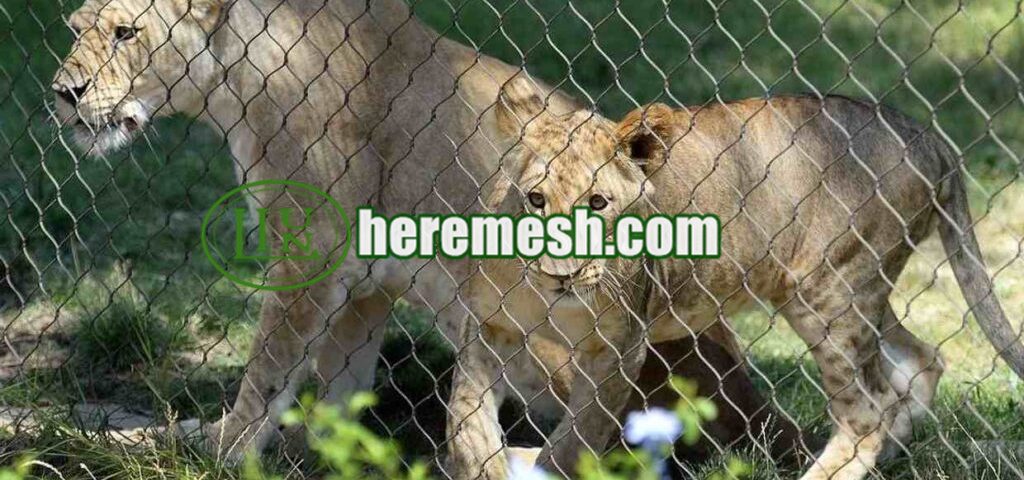Stainless Steel Knotted Rope Mesh used for Zoo Enclosure Design

The Zoo Enclosure Mesh Order Completed and Shipped
07/18/2024
Stainless Steel Tiger Fence Mesh Order Delivery to USA
08/08/2024Zoo planning and design is a more complex and systematic project than ordinary park design. There are two major difficulties in zoo design. One is that zoos need to design healthy and comfortable cages for animals according to their habits. The second is that each animal needs a different living space. It needs to be concluded through a long time of research on the behavior of wild animals. If the welfare area of each wild animal is not reached, it will affect the breeding and even the safety of life. Therefore, designers should pay great attention to zoo planning when designing zoos.
Creating pristine animal habitats with stainless steel knotted rope mesh
The designers shifted their planning perspective from animal welfare and natural geography to create a series of exhibits for animals and birds that recreate the original habitats of the species as much as possible.
By simulating the landscape and vegetation of the original habitat, and taking into account the habits of the animal species, the designers tailored the indoor and outdoor exhibition spaces with a variety of scenarios and styles. This is conducive to creating a spatial effect close to the original habitat. When designing animal display areas, consider using recyclable stainless steel knotted rope mesh materials to imitate the natural habitat of animals. The see-through woven mesh provides a more realistic environment for the animals. This innovative material provides safety and security without blocking the view of visitors.
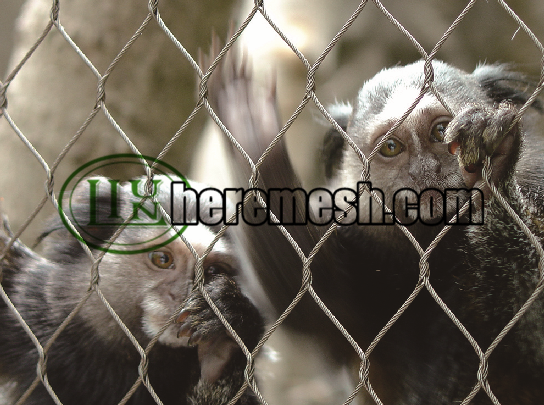
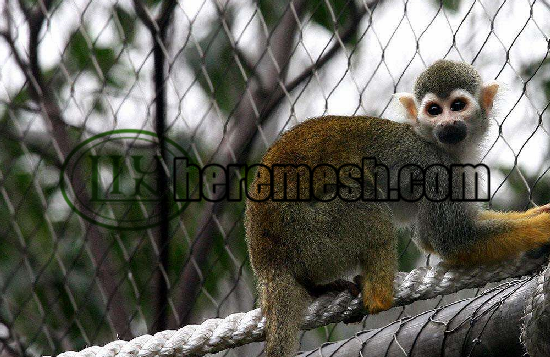
Stainless steel knotted rope mesh in animal exhibits enhances visitor experience
The creation of the environment is not only limited to the animal exhibits, but other ecological environments of the habitat and human geography are integrated to enhance the visitors’ experience. By showcasing the use of sustainable materials in the animal exhibits, it communicates to visitors that the zoo is committed to environmental protection and sustainable development. This helps to raise public awareness and inspire more people to take action for the environment.
Building animal-to-animal connections with woven stainless steel woven mesh
Most zoos provide animals with indoor exhibit, outdoor exhibit and exercise areas. These functional areas define the number and size of the pavilions according to the characteristics of different species living in groups or solitary. Connections are made through different string cages and tunnel mesh to increase the interaction between animals. At the same time, stainless steel tunnel mesh can expand the area for animals to move around. Animal enclosures constructed using stainless steel knotted rope mesh facilitate the formation of habitats that mimic the wild environment. With the support of enclosure, animals can show a healthy, natural state that approximates that of being in a habitat.
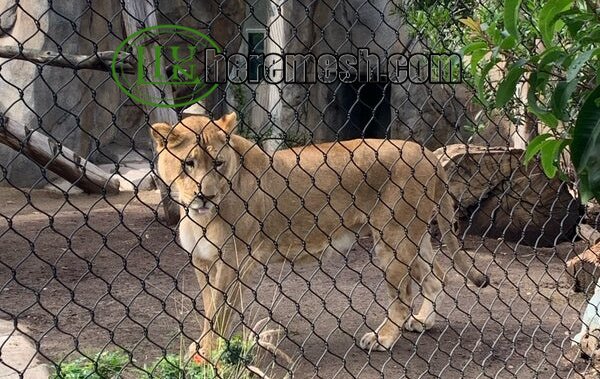
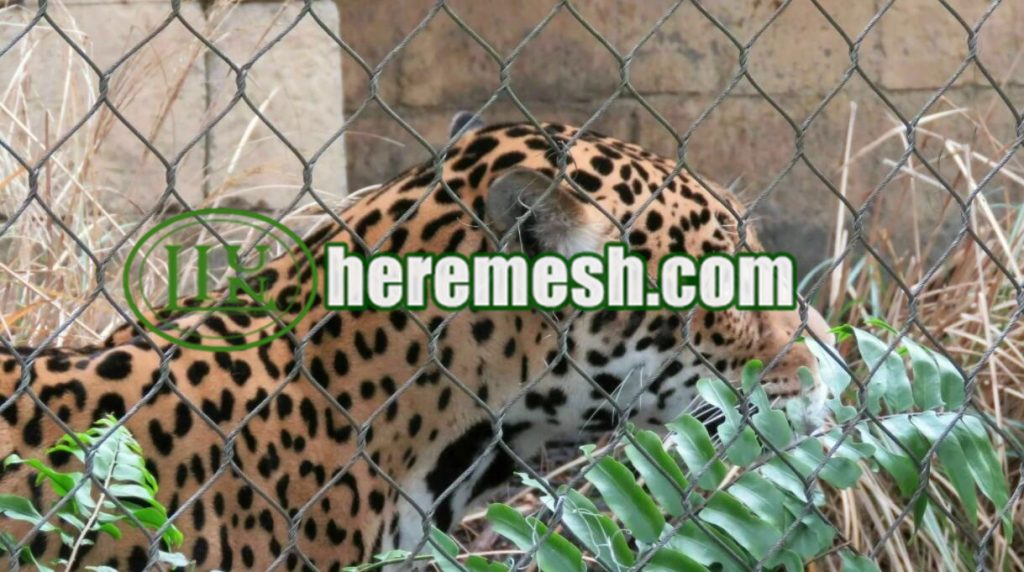
Creating interaction between visitors and animals
The designers combined with the terrain to rationally design the tour trestle. Visitors located at the observation point can observe the behavior and habits of the animals through the highly see-through stainless steel knotted rope mesh. The installation of safe and efficient enclosure is conducive to the establishment of interaction between visitors and animals.
E-mail us: [email protected]/[email protected]
Website:www.heremesh.com


